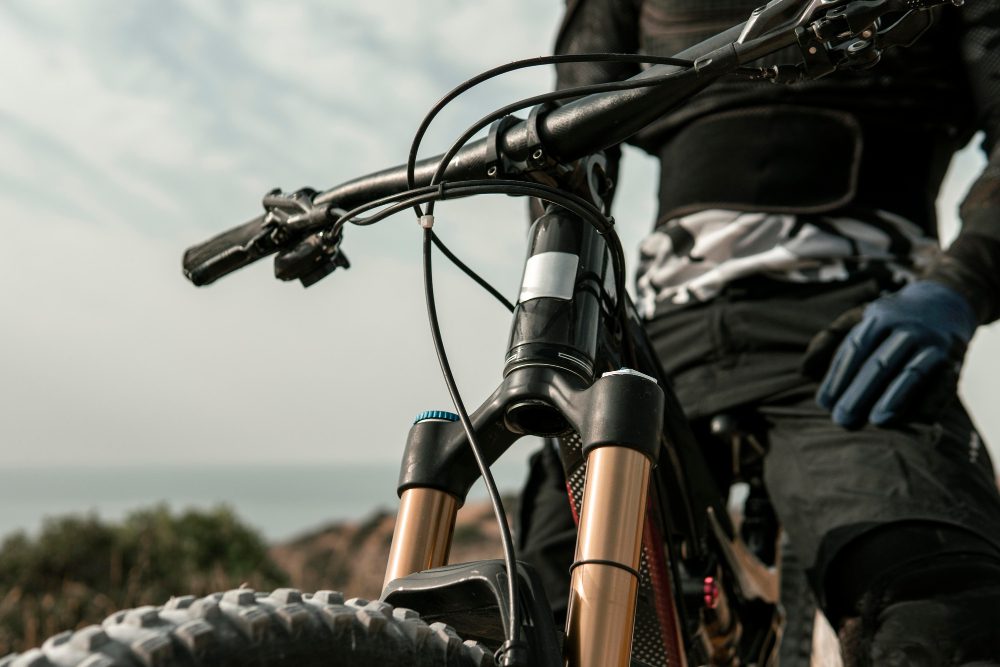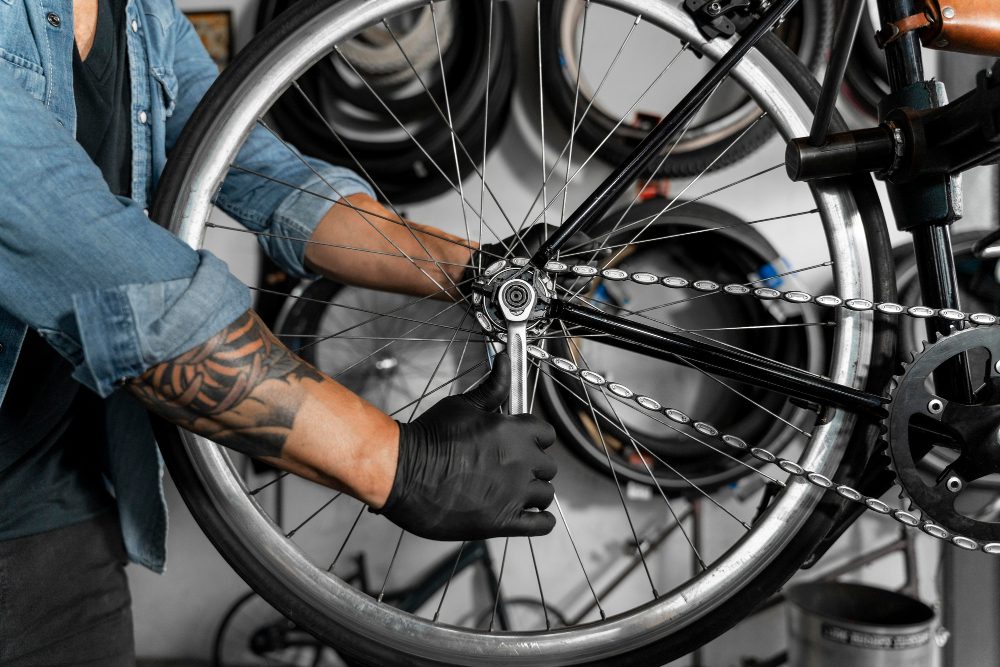How do I know if my fork bushings are worn out?
When it comes to the suspension system of your bike, one of the key components that ensures a smooth and stable ride is the fork bushings. Fork bushings are small cylindrical sleeves made of materials like rubber or polyurethane, which help reduce friction between the moving parts of the front fork. Over time, these bushings can wear out due to constant use and exposure to various elements.
It is important to keep an eye on the condition of your fork bushings as worn-out bushings can lead to several issues, including reduced suspension performance, increased vibration, and even poor handling. In order to ensure your safety and maintain the optimal performance of your bike, it is crucial to know how to identify signs of worn-out fork bushings.
Signs of worn-out fork bushings
1. Excessive play: One of the most common indicators of worn-out fork bushings is excessive play in the front suspension. If you notice that your front fork feels loose or wobbly, especially during cornering or braking, it could be a sign that the bushings are worn and no longer providing the necessary support.
2. Increased noise: Another telltale sign of worn-out fork bushings is increased noise coming from the front suspension. You may hear creaking, clicking, or clunking sounds when going over bumps or uneven surfaces. These noises indicate that the bushings are not functioning properly and may need to be replaced.
3. Uneven fork movement: If you notice that one side of the front fork moves more than the other or experiences a jerking motion, it could be a sign of worn-out bushings. This uneven movement can affect the stability and handling of your bike, making it important to address the issue promptly.
4. Leaking fork oil: Worn-out fork bushings can also lead to leaks in the fork oil. Inspect your front forks for any signs of oil leakage, such as oil stains or wetness around the seals. Leaking fork oil not only indicates worn bushings but can also cause further damage to other components of the front suspension.
How to check your fork bushings
It is recommended to visually inspect your fork bushings regularly, especially if you ride your bike frequently or in challenging conditions. Here are some steps to help you check the condition of your fork bushings:
- Start by cleaning the front fork to remove any dirt or debris that may affect your inspection.
- Securely support your bike, either on a center stand or with a paddock stand, ensuring it is stable and won’t tip over during the inspection.
- Hold onto the front brake and compress the front suspension multiple times, feeling for any unusual movement or play.
- Visually inspect the fork tubes and bushings for signs of wear, such as cracks, tears, or distortion. Pay attention to the condition of the seal between the fork tube and the bushing.
- If you suspect worn-out bushings but are unsure, it is advisable to consult a professional mechanic or take your bike to a trusted service center for a thorough examination.
“Regular maintenance and timely replacement of worn-out fork bushings can significantly enhance your bike’s performance and ensure a safer riding experience.”
Remember, it is essential to address worn-out fork bushings promptly to maintain the safety and performance of your bike. Regular maintenance and timely replacement of these small but crucial components can significantly enhance your bike’s suspension performance and ensure a smoother and more enjoyable riding experience.
How do I know when my fork needs servicing?
1. Regular Inspections
Regular inspections are essential to determine if your fork needs servicing. Check for any signs of damage, leaks, or excessive wear. Pay close attention to the fork seals, bushings, and stanchions.
2. Fork Performance
If you notice a decline in your fork’s performance, it may be an indication that it needs servicing. Look out for decreased suspension travel, increased friction, or abnormal noises during compression or rebound.
3. Fork Maintenance Schedule
Follow the manufacturer’s recommended maintenance schedule for your specific fork model. This will help prevent issues and keep your fork performing optimally. Regular cleaning, lubricating, and replacing worn-out parts are crucial for maintaining fork health.
4. Excessive Fork Play
Excessive fork play can be a sign of worn-out bushings. If you feel any looseness or play in the fork legs, it’s time to have them serviced. Worn bushings can affect suspension performance and compromise your safety.
5. Leaking Fork Seals
Leaking fork seals are a common issue that requires immediate attention. If you notice oil residue on the stanchions or fork lowers, it indicates a seal failure. Leaking seals can lead to contamination and damage other components, impacting overall fork performance.
6. Professional Inspection
If you are unsure about the condition of your fork or lack the technical expertise, it is advisable to seek professional inspection. Trained technicians can thoroughly assess your fork and identify any underlying issues that need addressing.
7. Quote:
Remember, prevention is better than cure. Regular maintenance and timely servicing ensure a longer lifespan for your fork and a safer riding experience.
To help you understand when your fork needs servicing, refer to the following checklist:
8. Fork Servicing Checklist:
- Inspect for damage, leaks, or excessive wear.
- Check fork performance and look out for any abnormalities.
- Follow the manufacturer’s maintenance schedule.
- Check for excessive fork play or looseness.
- Monitor fork seals for leaks.
- Consider professional inspection if unsure.
9. Fork Servicing Table:
| Servicing Task | Frequency |
|---|---|
| Cleaning and Lubrication | After every ride |
| Seal Inspection | Every 25-50 hours of riding |
| Bushing Replacement | As recommended by the manufacturer |
| Full Servicing (including spring and damper) | Annually or every 100 hours of riding |
10. Conclusion
Regular inspections, monitoring fork performance, and adhering to maintenance schedules are crucial in determining when your fork needs servicing. Recognizing signs of wear, such as excessive play or leaking seals, is vital for ensuring optimal performance and safety while riding. Remember that professional technicians are available to provide expert assistance when needed. Take care of your fork, and it will take care of your riding experience.



